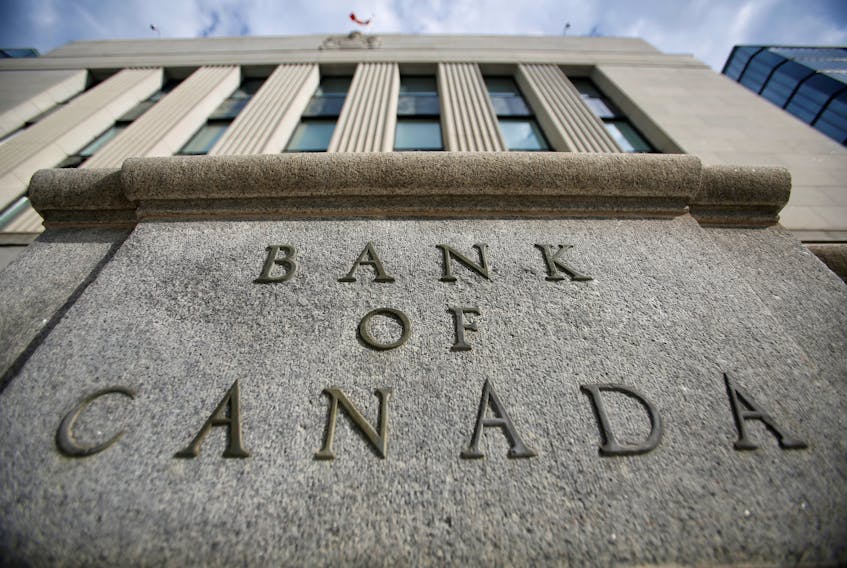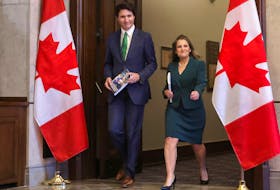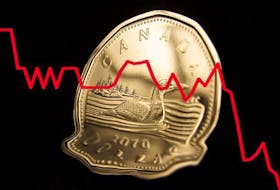It’s been so long since inflation was a story, it’s easy to forget that at the end of the day, prices are all the Bank of Canada is mandated to care about.
Policy makers sought to remind us of that this week. When the central bank left interest rates unchanged on Sept. 4, it emphasized that inflation was right at its rough target of two per cent. And the first speech by one of the institutions’ leaders since early July was based on, you guessed it: the Bank of Canada’s latest thinking about inflation.
Deputy Governor Lawrence Schembri emphasized in Halifax on Sept. 5 that he and his colleagues remain confident that the link between economic growth and prices still holds, explaining why the central bank opted against cutting interest rates this week.
The relationship between inflation and economic growth has been a subject of much consternation among economists and investors in the aftermath of the financial crisis. In many countries, including the United States, price pressures have been subdued, despite unprecedented monetary stimulus. Weak inflation was one of the reasons the Federal Reserve gave for cutting interest rates in July.
But the situation in Canada is different. Schembri flagged new Bank of Canada research that shows various price measures show inflation rises and falls as the economy accelerates and slows, suggesting the Phillips curve still applies in Canada.
The central bank noted that inflation was on target when it opted to leave interest rates unchanged on Sept. 4. The dollar rose after that decision, at least in part because the central bank provided no hint that it was anxious to cut interest rates to counter the effects of the trade wars.
It’s possible that analysts and traders had discounted the Bank of Canada’s resolve to achieve its inflation target, which is the midpoint between one per cent and three per cent.
Schembri noted that the gap between current economic output and what the central bank estimates the economy can achieve without sparking inflation is “essentially closed.” You didn’t hear much about that ahead of this week’s policy announcement. Instead, the emphasis was on when the Bank of Canada would follow all of the other central banks that have cut interest rates this year. Schembri’s remarks suggest the Bank of Canada won’t follow until it sees evidence of real trouble.
“Because of the persistently low inflation experienced in several major countries, some observers have gone so far as to declare the Phillips curve dead,” Schembri said. “Here at home, though, our experience has been different,” he added. “The evidence of a close correlation between underlying inflation and the output gap bolsters our confidence in our inflation projections and in our framework for conducting monetary policy.”
• Email: [email protected] | Twitter: carmichaelkevin
Copyright Postmedia Network Inc., 2019








